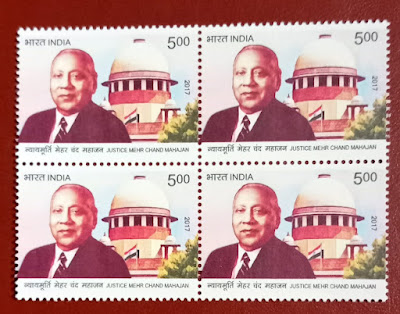Wells Cathedral, located in the city of Wells, Somerset, England, is one of the finest examples of Gothic architecture in Europe. It serves as the cathedral of the Diocese of Bath and Wells and is dedicated to St. Andrew the Apostle. Construction began around 1175 under the direction of Bishop Reginald de Bohun and continued through several phases over the next 300 years, resulting in a stunning mix of Early English Gothic and later decorative styles.
The cathedral is particularly noted for its West Front, an imposing façade adorned with more than 300 statues and carvings of saints, angels, and biblical figures. It was completed in the 13th century and is considered one of the most richly decorated Gothic facades in the world. Inside, Wells Cathedral features unique architectural innovations, such as the scissor arches, added in the 14th century to stabilize the central tower, and its spectacular chapter house, renowned for its vaulted ceiling and intricate stonework.
The Jesse Window, a stunning example of medieval stained glass depicting the genealogy of Christ, is one of the finest features of the cathedral’s interior. Wells Cathedral is also famous for its astronomical clock, one of the oldest medieval clocks still in operation. Installed around 1390, it displays not only the time but also the phases of the moon and the jousting knights that revolve around a turret as part of its mechanism.
In addition to its architectural beauty, Wells Cathedral is known for its peaceful atmosphere and its role as a center for worship and pilgrimage. The cathedral’s choir and organ have a long-standing tradition of excellence, and it regularly hosts choral performances, services, and events. Surrounded by the Bishop’s Palace and Vicar’s Close, the oldest intact residential street in Europe, Wells Cathedral remains a significant cultural and spiritual landmark in England.






